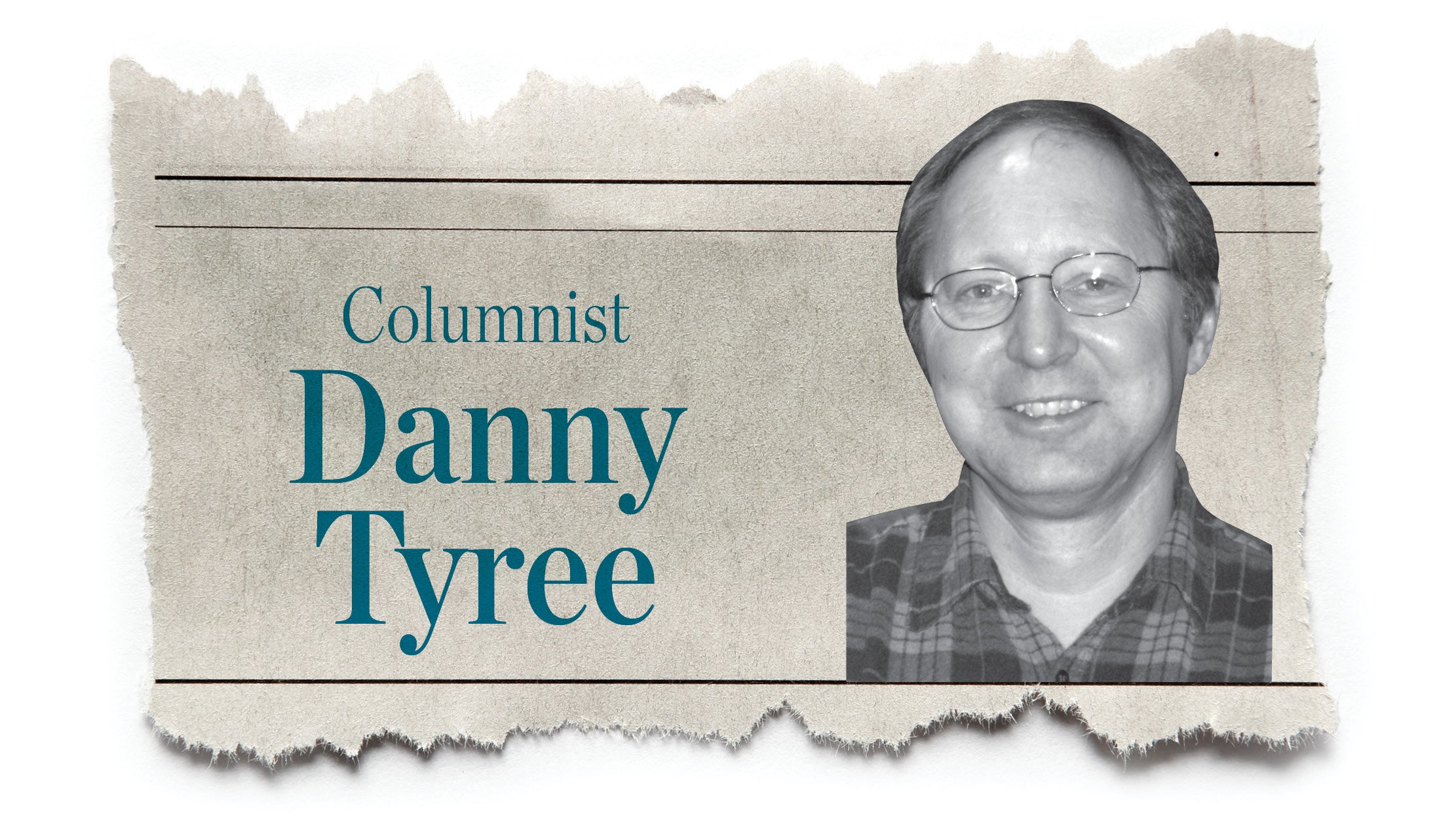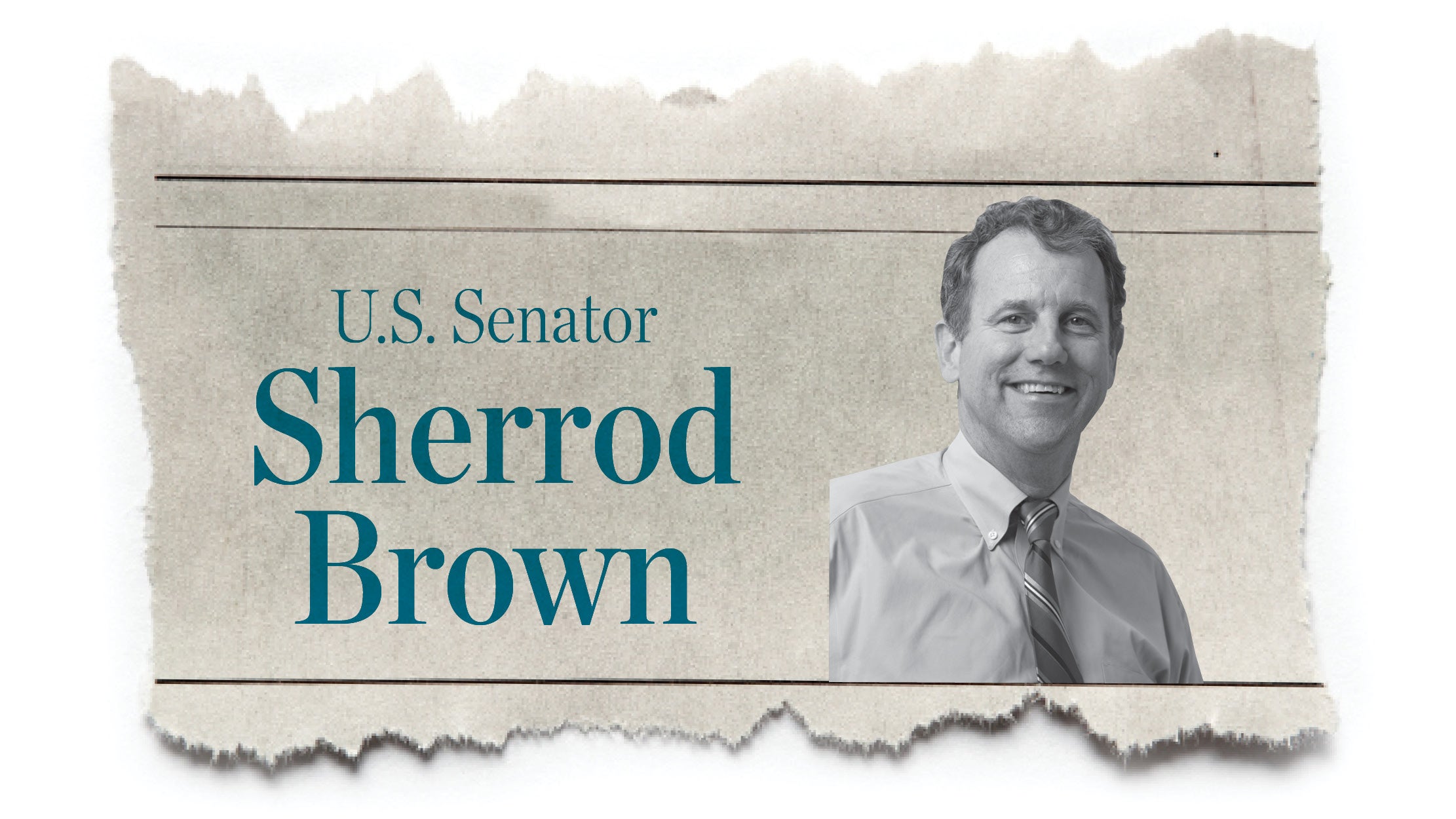The real health care crisis
Published 9:55 am Friday, January 16, 2015
While the new Republican Congress prepares to attempt to kill the Affordable Care Act for perhaps the 50th time, the real insurance crisis in America has shifted from the uninsured (a falling percentage) to the incredible rise in deductibles and co-pays.
This insurance model, nurtured and expanded by insurers with employers during the Great Recession, has been utilized for two primary purposes: first, to control rising employer costs of health insurance; second, to engage consumers in the most cost effective purchase of health care.
While premiums for health care insurance have stabilized recently, the rise in deductibles and co-pays has risen rapidly, While a decade ago a deductible of $1,000 for an individual annually was something of a norm, today that deductible might be more than $4,500. For the 10 percent of Americans who are self-insured, this number can be even higher.
Adding co-pays (the portion paid by the insured for regular services) the annual out-of-pocket costs for a family may exceed what was a total premium cost a short decade ago.
The intention for companies’ to protect their ability to offer health insurance through the use of higher deductibles has served its purpose; employers have largely been able to control rising costs by selecting employee coverages that increase employee deductible.
The other goal, to achieve consumer “skin” in selecting the best value from providers has met with much more limited success. Almost 30 percent of privately insured working Americans who have had medical problems did not go to a doctor, according to a 2014 survey by the Commonwealth Fund. A survey by NORC Centers for Public Research and the Associated Press identified that nearly half of middle class workers either skipped using health care or fell into debt from using health care.
Both doctor visits (as of 2013) and use of hospitals have been dropping as consumers must decide if they can heal without care or consider paying entirely for their care costs.
In practical terms today, and depending on the type of coverage purchased, it is not unusual for consumers to pay more annually than their insurance does for accessing health care.
This trend has been reflected in the Affordable Care Act, where the less expensive premium plans offer higher deductibles and co-pays. The ACA becomes a contributing factor in the decades developing trend, but not a driving force. The ACA limits co-pays by participating insurers to $6,300 annually, but for many families that is a nearly prohibitive ceiling of cost.
Insurers, the market behind these changes in coverage, had, before the ACA, “fixed” the game by refusing to insure those with pre-existing conditions, terminating consumers with expensive claims, and placing ceiling on policy pay-outs. When those programs became impossible under the ACA, insurers had already shifted their strategy to this newer insurance model of being insured but rarely reaching full coverage benefits.
Health care providers, experts in the field, analysts of insurance all note that an outcome that results in less health care is not a desirable conclusion because it creates a spiral of declining health and an increased rise of financial insecurity.
The answer lies in additional reforms that make deductibles apply to elective insurance choices while protecting access to basic care at consumer affordable pricing.
Can Congress stop the Obamacare war long enough to address the real crisis in health care today?
In a political environment where Congress rarely finds consumer needs important, it seems doubtful that Congress can or will act to protect Americans access to care.
Jim Crawford is a retired educator and political enthusiast living here in the Tri-State.





